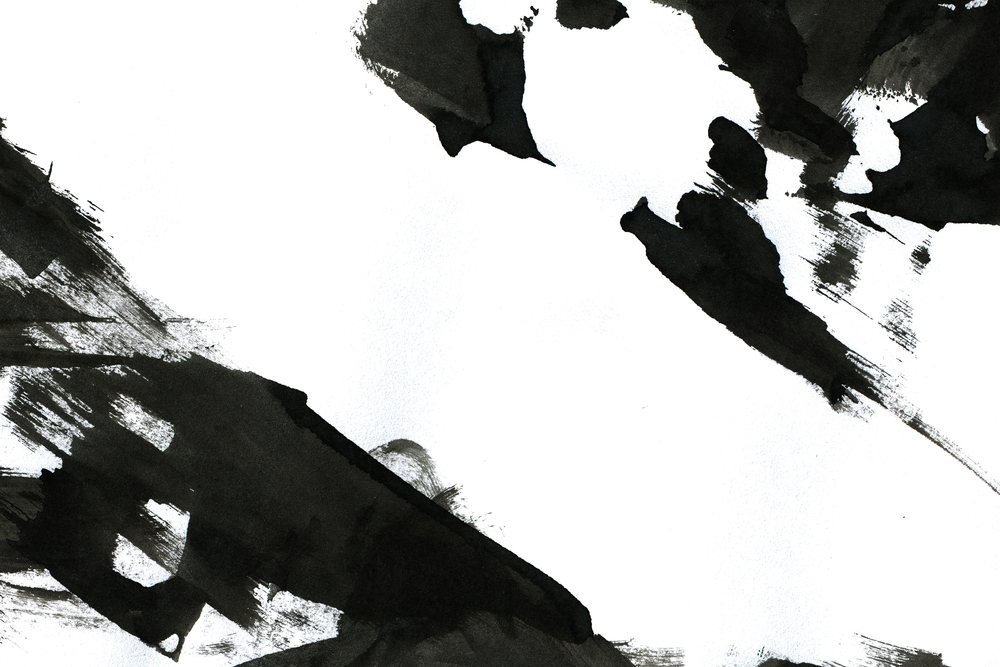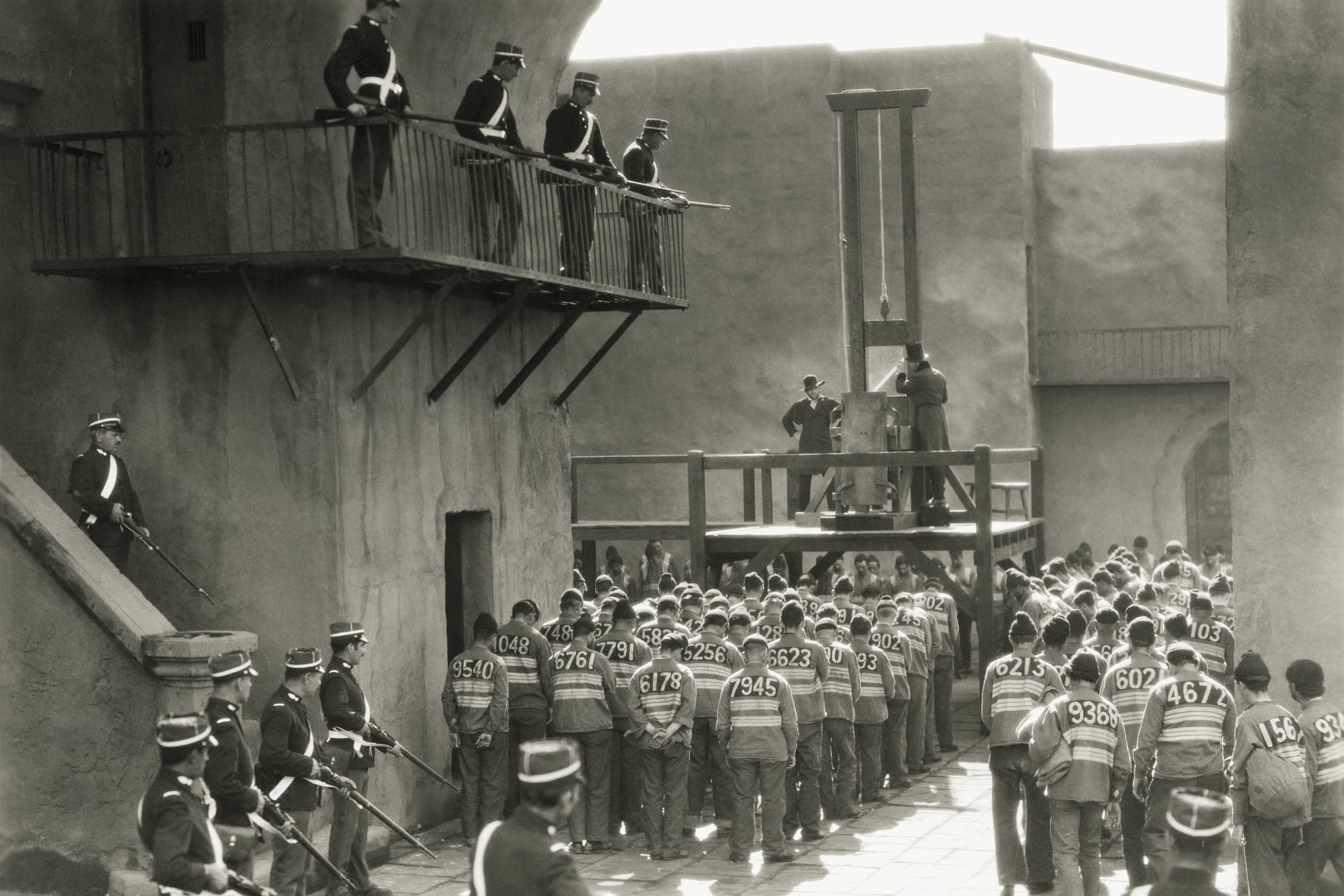Creation, Destruction, and the Ethics of “Murderabelia”

On March 30th 1981, 25-year-old John Hinckley Jr. attempted to assassinate President Ronald Regan. He was convinced that doing so would earn him the affection of the young woman with whom he was obsessed — the 19-year-old actress Jodie Foster, who had recently starred in the film Taxi Driver. Hinckley was successful at shooting the president in the chest, and in the process he also shot Press Secretary James Brady in the head, Secret Security Agent Timothy McCarthy in the side, and District of Columbia police officer Thomas Delahanty in the neck. Hinckley was found not guilty by reason of insanity and was committed to St. Elizabeth’s Hospital, a psychiatric institution.
Hinckley remained at St. Elizabeth’s for 34 years before he was conditionally released into the care of his mother in 2016. He now owns a shop that sells books and antiques. While institutionalized, Hinckley gained a fondness for expressing himself through art; he paints and also writes and plays music. For many years, if he wanted to display his work, he was required to do so anonymously because of statutes that prohibit convicted criminals from benefiting from the notoriety that they gained from committing their crimes. In October, 2020, he was granted permission by a District Court judge to sign, claim credit for, and sell his work.
Hinckley’s visual art consists mostly of landscapes. Other notorious criminals create art that is more disturbing and intimately connected to the crimes that they have committed. Serial killer John Wayne Gacy, who was convicted of killing 33 young men and boys and burying them in the crawlspace under his family home is infamous for creating art depicting himself as a killer clown. Before he was convicted, Gacy would often dress up as a clown to entertain patients at the local children’s hospital. His art is inseparable from who he was and is as a person; it is a manifestation of the murderous persona that he developed over the course of many tragic years. Arthur Shawcross, murderer of 14 people in the 1980’s, also created art related to his crimes, some of it surprisingly similar to the art created by Gacy. Other killer artists include Charles Manson, Richard Ramirez, Anthony Sowell, and Elmer Wayne Henley.
These artifacts produced by incarcerated criminals are trade items in the small but thriving business known as the murderabelia market. Those that deal in this kind of thing obtain letters, artwork, recorded music, and even the hair and skin of notorious criminals. Some true crime aficionados will pay a significant price for these items.
Over the years, many pieces of legislation have been passed in an attempt to ward off the possibility that the commission of a crime, in many cases a serious and violent one, will make various forms of artistic expression more profitable for the person or people who committed it. In the immediate aftermath of the Son of Sam murders that plagued New York City in the summer of 1977, New York passed the Son of Sam Law prohibiting criminals from profiting from expression that is lucrative because of the notoriety that they have gained from their crimes. Many other states quickly followed suit. The law was passed because people believed that David Berkokowitz, the person found legally responsible for the killings, was planning to sell exclusive story rights related to his life and crimes to the publishing company Simon & Schuster. They reasoned that if any money is made from the sale of such items, that money should go to the families of the victims. The company, which was attempting to publish the memoirs of Henry Hill, the FBI informant whose life story would later be dramatized in the movie Goodfellas, sued in 1989. They argued that preventing convicted individuals from expressing themselves in this way violated their First Amendment rights. They won the case in the Supreme Court, which held that the laws were constructed in a way that was too broad to achieve the state’s compelling interest.
Hinckley differs from the other figures listed above. He suffers from mental health issues and the court decided that he could not be held legally responsible for the crimes that he committed for that reason. The attitudes that we have toward criminals frequently turn on the extent to which we believe that they acted freely. If coercive factors were in play such that Hinckley had no real control over whether he shot Regan, we shouldn’t hold him fully responsible for doing so. Certain mental health problems are coercive in this way.
Freedom of expression is important for many reasons, and some of them are therapeutic. Art therapy is used in a variety of settings to deal with trauma and mental health problems. The therapeutic aspects of creating art don’t happen only at the individual level; sharing, interpreting, and discussing art is a social experience. Limiting this form of expression might violate access to our nature as creative and social beings who need these outlets in some form or other to survive and to be psychologically healthy.
That said, there are great discrepancies from one state to the next and from one jury to the next when it comes to how seriously people are willing to take insanity defenses. The legal definition of insanity has nothing to do with whether a person has a diagnosed or diagnosable mental illness and has everything to do with whether the person in question knew the difference between right and wrong at the time that the crime was committed. Some people view mental health problems as coercive factors and others do not. Some of the other convicted criminals who make art could have also been deemed legally insane, had they had a different lawyer, a different jury, a different judge, or been tried in a different state. A similar problem arises when it comes to death penalty sentences — such judgments are often arbitrary and have more to do with where a defendant committed a crime than with the mental state of the accused at the time that it was committed.
Even if there are good reasons to allow the social experience of artistic expression to take place, there may also be legitimate medical and social reasons to prevent it. Hinckley was diagnosed with narcissistic personality disorder, and early on doctors feared that social recognition of his art and music might get in the way of his work on that condition. Human beings are both creative and destructive forces. Not all forms of creation are positive, but some of them are so positive that they are life-affirming. Does cutting off all pathways to creation disrespect the dignity of human beings?
There are other cases in which creation is really a form of destruction. Sometimes, the creation of art is a display of hate and violence — not all art is rainbows and rose petals, or even landscapes. What’s more, we often don’t want it to be; it can be important that art is cathartic. That said, sometimes an artist’s intent is to pass along their rage. The artist may want to revictimize the people that they’ve hurt, or to lash out against people they believe have hurt them. Indeed, some families feel crushed when art created by someone who killed their family member is sold. They feel that the perpetrator has not only robbed them of their loved one, but they are taking that crime all the way to the bank.
There are many artists who haven’t been convicted of crimes who have nevertheless done awful things and are terrible human beings. For example, the 20th century artist and architect Eric Gill is now known to have sexually abused his two oldest daughters, yet his art is still featured in exhibitions and is a fixture of private collections. Some of this work even features his nude daughters as subjects. The 16th century artist Caravaggio was violent and was sentenced to death for murder before he fled to Naples, yet his work is displayed at The Louvre in Paris, The Uffizi in Florence, and The National Gallery in London. All of these years removed, much of his art is likely to be more interesting rather than off putting to patrons as result of the profile of the artist. We don’t need to go centuries into the past to witness this phenomenon. The decisions of contemporary politicians may have been the cause of many unnecessary deaths, yet people are inclined to think of that art as charming some decades removed from the fact.
A critical component in the moral assessment of this issue has to do with the people who obtain, sell, and purchase this art. Why is it that a person might want a painting composed by a serial killer to feature prominently in their collection? Perhaps it is a desire to own something noteworthy and unusual that no one else has. It may be an instinct to be, somehow, close to infamy. The fact that these objects are available for sale gives people the opportunity to glorify the wrong people, to look to the worst possible individuals as role models. There is nothing “cool” about John Wayne Gacy. If this art was hanging in a gallery and the artist was unknown, no one would purchase it. It is because the art was created by a serial killer, and not in spite of that fact that led to the purchase of the work. Should we approach all works of art with an empathetic eye, or is there some art to which it is important that we do not relate? Does some art weaken our moral character rather than build on our capacity to view the world in new and diverse ways?
Art is a meaningful part of the human experience. The conditions under which it is made are rich and varied. Our aesthetic experiences and judgments are linked, in many cases, to other kinds of value judgments, which makes these questions very difficult to resolve.




